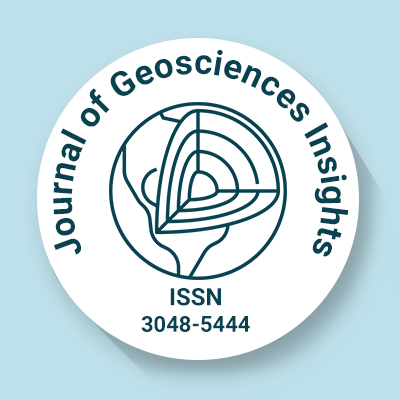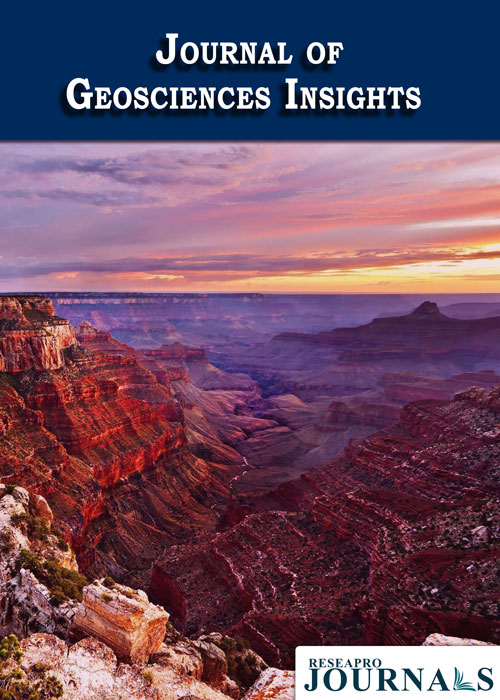
Journal of Geosciences Insights
OPEN ACCESS
ISSN: 3048-5444

OPEN ACCESS
ISSN: 3048-5444

Microbiomes play a dual role in the preservation and degradation of archaeological artifacts. Certain microbial communities, such as Aspergillus, Cladosporium, and Pseudomonas, contribute to biodeterioration through acid production, enzymatic degradation, and biofilm formation. Conversely, species like Bacillus and Actinobacteria facilitate preservation via biomineralization and microbially induced calcite precipitation (MICP), reinforcing structural integrity. Recent advancements in metagenomics and proteomics have improved the characterization of microbial communities in heritage sites. However, challenges persist in distinguishing beneficial from harmful microbiota and understanding their long-term ecological dynamics. While biofilms contribute to biodeterioration in sites such as Lascaux Cave, controlled microbial biofilms have been successfully applied in the Roman Catacombs to protect surfaces. Genetic engineering, including CRISPR-based modifications, holds potential for conservation but remains in its early stages of application. Digital heritage technologies, such as 3D scanning, Raman spectroscopy, and Fourier-transform infrared (FTIR) spectroscopy, provide non-invasive means to analyze microbial colonization patterns and biodeterioration processes. These approaches enable real-time monitoring and evidence-based conservation strategies. Sustainable microbiome-based conservation efforts, such as biomineralization using Bacillus spp., have been implemented at Angkor Wat, demonstrating microbial interventions' efficacy in stabilizing heritage structures. This review explores the role of geoarchaeological microbiomes in artifact preservation and deterioration, highlighting the mechanisms through which microorganisms influence cultural heritage materials. By synthesizing current research on microbial interactions, conservation challenges, and technological advancements, it aims to provide insights into sustainable preservation approaches.